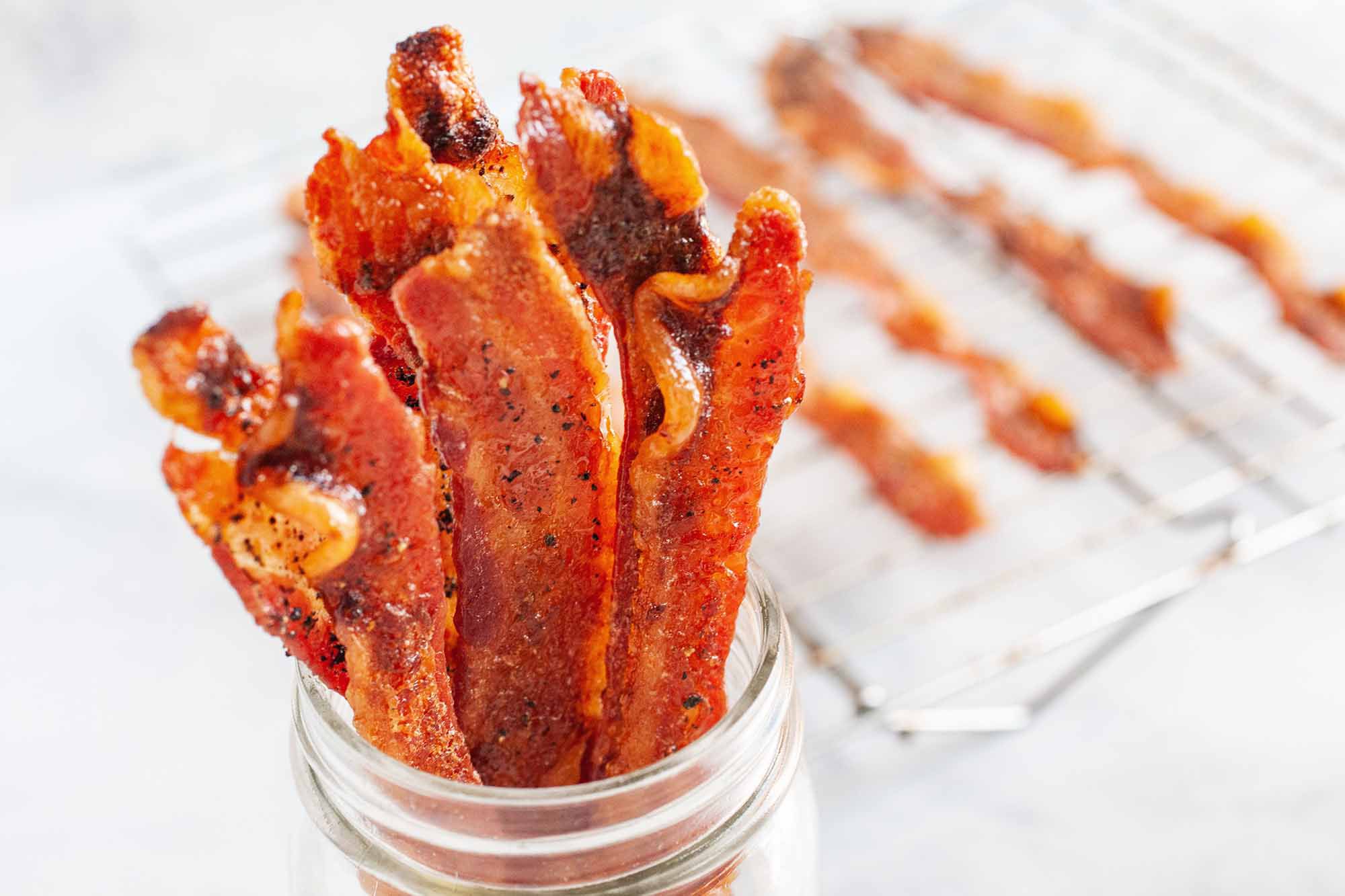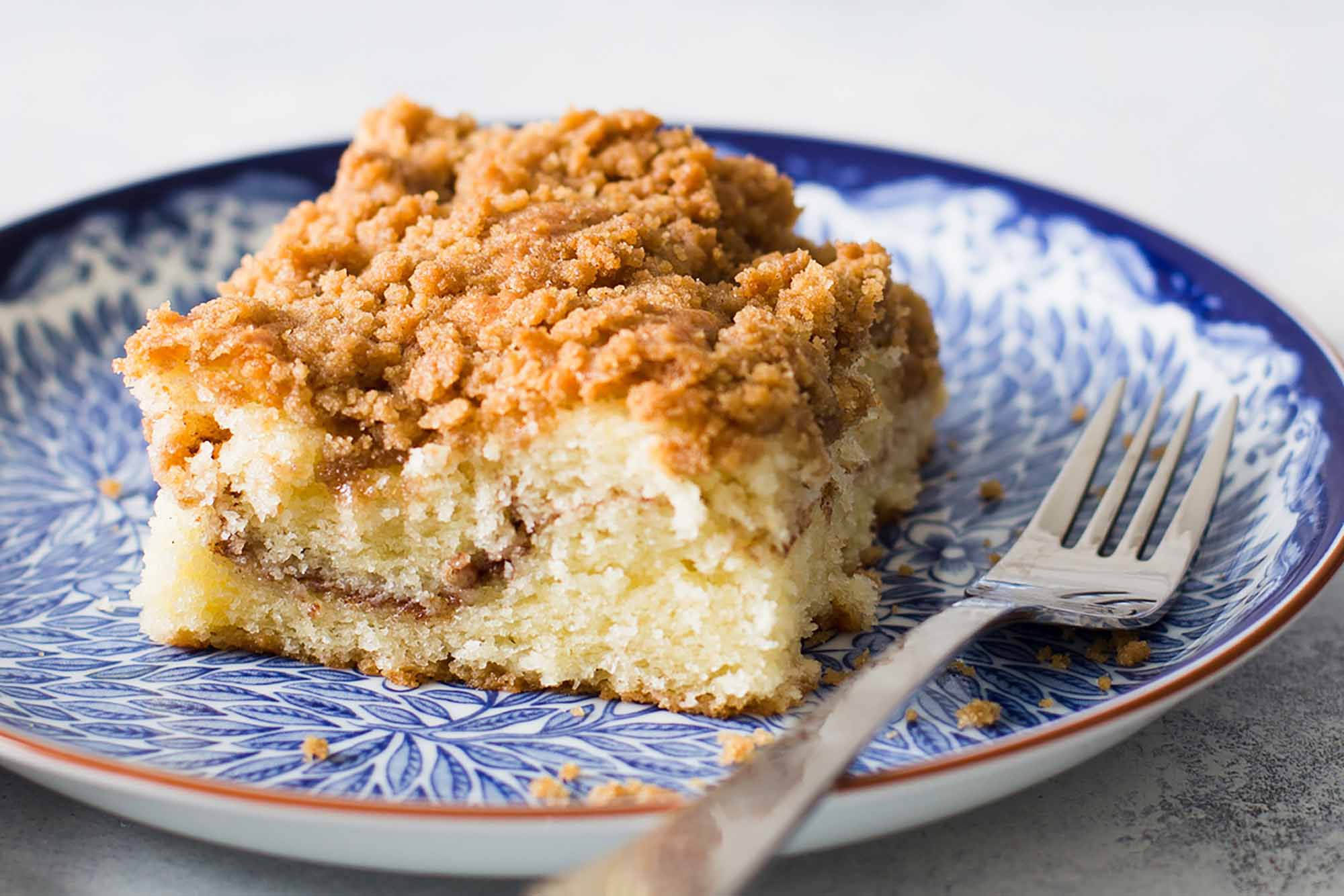How to make a perfectly poached egg every time! With creamy yolks and firm whites, poached eggs are a breakfast in their own right. You can also serve them over leafy greens, with hollandaise, in a cereal bowl, or dozens of other ways.
Poaching eggs couldn’t be easier. It’s also a great low-calorie way to cook eggs — you don’t have to use extra fat to cook them like you would with scrambled or fried eggs.
Not only do eggs cooked this way make a great breakfast on their own (with a little salt and pepper and maybe some toast), you can use them to garnish a French lyonnaise salad, bathe them in luxurious hollandaise sauce in an Eggs Benedict , or go super healthy and serve them over sautéed veggies.
Video: How to make perfect poached eggs
0:52
How to make poached eggs
Barely boiling water makes the best poached eggs
The main trick I use when making poached eggs is to use water that’s barely boiling. Fewer bubbles mean less movement of the water to break up and disperse the egg white. I first crack the egg into a cup, then, when the water is just simmering, I carefully slide the egg into the water.
Some people swirl the water and drop the egg in the middle. I couldn’t get this method to work for me, but if it works for you, great!
Strain some of the thin egg white through a sieve
Make-ahead poached eggs
If you want to make some poached eggs for a crowd — say, to make Eggs Benedict for the whole family on Easter Sunday — make them ahead of time.
Here’s what to do:
- Prepare your poached eggs as usual up to five days before you plan to serve them.
- Immediately place the poached eggs in a bowl of very cold water. Top up with more cold water if needed until the eggs have cooled.
- Transfer the eggs to an airtight container and refrigerate until ready to use.
- To warm up, place your eggs in a bowl of very hot tap water for 2 to 3 minutes. (Do not use boiling water or your eggs may overcook). If necessary, fill the bowl with more hot water.
- Serve, Carefully scoop the eggs out of the water with a slotted spoon, pat dry on a paper towel and serve immediately.
More ways to cook eggs
- How to Make Perfect Hard Boiled Eggs
- Cloud Eggs (Egg Nests)
- How to make fluffy scrambled eggs
- Peel lightly boiled eggs in the pressure cooker
- How to steam hard boiled eggs
Do you have a favorite way to prepare or serve poached eggs? Please let us know in the comments!
Easy poached eggs
Fresh eggs are best for poaching. Their whites hold together better than older eggs. Some people put a little vinegar in the wild water – the vinegar helps the proteins in the egg whites to coagulate. But the vinegar affects the taste. I usually skip it.
ingredients
-
4 big eggs
method
-
heat water:
Fill a saucepan several inches with water. Heat the water on high until it boils, then reduce the heat until the water is just simmering (only a few bubbles appear every now and then).
-
Crack the egg into a small bowl and gently slide it into the water:
Working with the eggs one at a time, crack the egg into a small bowl or cup. Place the bowl close to the surface of the hot water and gently slide the egg into the water.
If you like, use a spoon to push some egg whites closer to the yolk to help it hold together. Add all of the eggs you want to poach to the pan in the same way, keeping some space between them.
-
Turn off the heat, cover the pan and let it rest for 4 minutes:
Turn off the heat and cover the pan. Set a timer for 4 minutes. At this point, the egg white should be fully cooked while the yolk is still runny.
Note that the timing will depend on the size of the eggs and the number of eggs in the pot and if you are cooking at height adjust accordingly. If you are on high, want firmer yolks, or are poaching more than 4 eggs at a time, you may need to cook them longer. If you try 4 minutes and the eggs are too cooked, reduce the time.
Simple tip!
If you have an induction burner you may need to leave the eggs in the water longer OR leave the burner on but turn it to the lowest setting. Since induction areas behave differently, you will have to experiment a little with the method in any case.
-
Remove the eggs with slotted spoon:
Using a slotted spoon, carefully lift the poached eggs out of the pan and place on a plate to serve.
Simple tip!
To allow the eggs to drain easily, place them on a slice of stale bread before serving. The bread absorbs the water – no more mushy poached eggs!
Method 2: Using a fine mesh screen
One way to keep the poached egg whites together is to remove some of the flimsy, paper-thin egg whites before placing the eggs in the hot water. An easy way to do this is with a fine mesh strainer.
-
Strain the thin egg white through a fine sieve:
Place the raw egg in a fine sieve over a bowl. The very thin egg white runs off through the sieve.
-
Carefully add hot water:
Then carefully slide the raw egg into your pot of boiling hot water.
-
Turn off heat, cover pot and poach 4 minutes:
Notice how much less stray protein there is with this method? Turn off heat and cover (or reduce heat to low) and poach 4 minutes, until egg whites are cooked through. (You may need to add more time if cooking on high or poaching more than 4 eggs at a time.)
Remove from the pot with a slotted spoon.
Method 3: With an egg poacher
If you don’t want to fiddle around to prevent the eggs from spreading or bumping into each other, the easiest way to make poached eggs is with an egg poacher.
The “poacher” is actually spoiling the eggs, not actually poaching them, but if you want an egg with a cooked white and runny yolk, this is an easy way to do it.
To use a pan to poach eggs, remove the cups from the pan you intend to use.
Fill the pan with just 1/2 inch of water and bring to a boil. Put about a drop of olive oil in each of the egg cups you’re using and spread around. (The cups are non-tacky, but the oil helps.)
Crack eggs into egg cups, one egg per cup. Place the cup filled with eggs back into the slot provided in the pan.
Cover the pan and cook for 4 minutes.
Remove from the heat and carefully lift the egg cups out of the pan. Slide the boiled eggs out of the mugs onto serving platters or bowls.
| nutritional information (per serving) | |
|---|---|
| 72 | calories |
| 5g | Fat |
| 0g | carbohydrates |
| 6g | protein |




